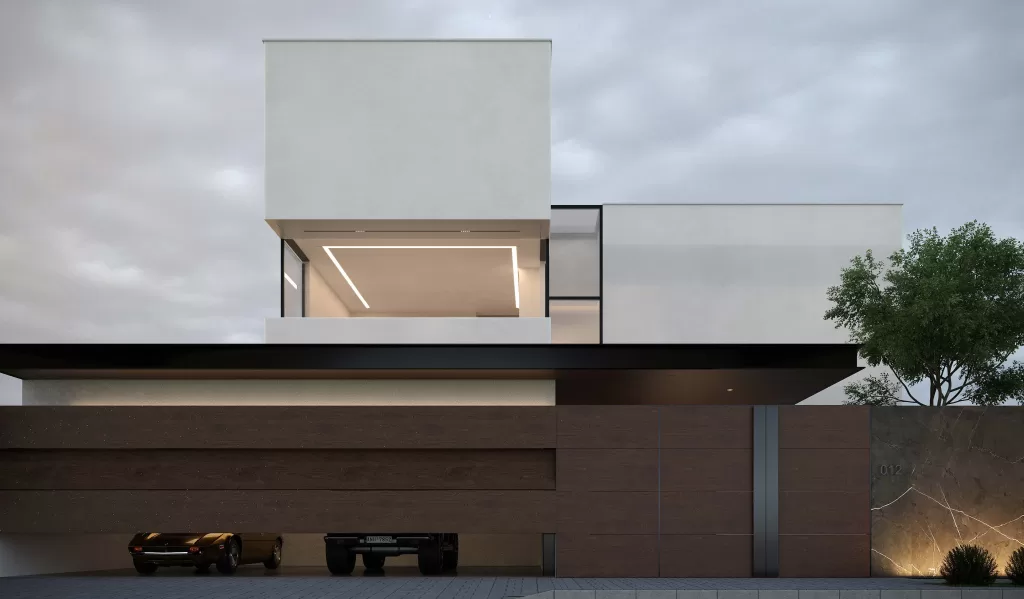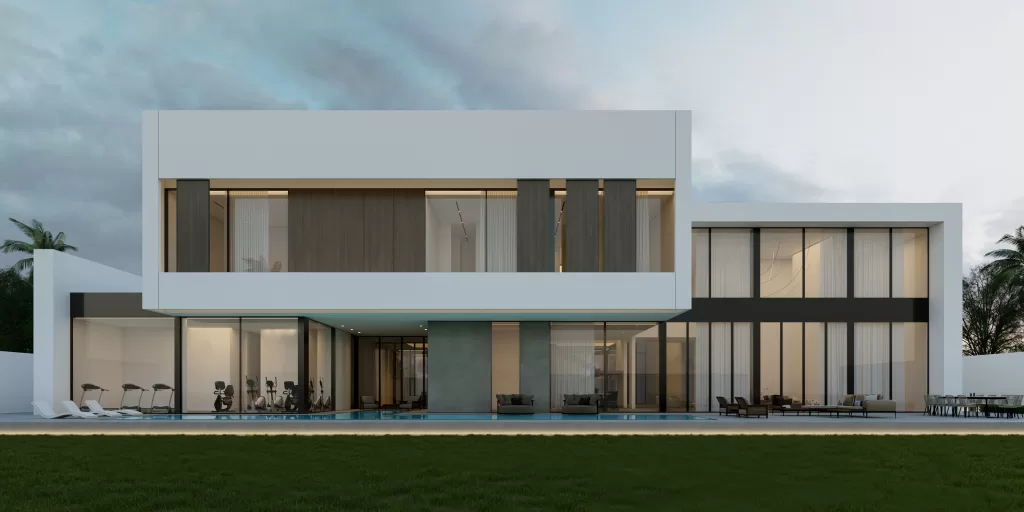A building product is said to be made of durable material if it can survive use without significantly degrading and has the capacity to endure for a long time without suffering major damage.
The appropriate materials are crucial for every building project, no matter how big or small. No matter how skillfully a building is constructed, using the incorrect materials can end badly.
We should consider the demands of both the present and the future generations while designing and constructing buildings, striking a balance between a healthy structure and a healthy environment.
However, we also need to realize that people live in a very fast-paced world where everything moves by so quickly that the idea of preservation often becomes more important than expansion.
We need to start considering how people will inhabit our structures in 50, even 100 years.
The best way to determine if a building material will be able to survive for a long time is to take the structure’s design into consideration. A design that encourages people to use every possible room in a building can prevent damage to the materials, as well as protect the environment.
By minimally using harsh, non-renewable materials, we can protect the environment as well as the building materials themselves.
Difference between sustainability and durability:
Sustainability considers how something will affect people, the environment, and the economy. It is less concerned with how long something will endure and more concerned with the possible harm it could do to the environment, people, and business, meaning less waste to be dumped in landfills, less energy to be used, and less damage to the environment overall.
A sustainable product is one that uses renewable resources, or ones that can be replenished.
Compared to durability, which is more focused on how long something will last than how it will affect the economy, society, and the environment overall.

In this post, we’ll discuss four examples of
durable materials that we might use in
construction and design.
1. Wood
2. Concrete
3. Brick
4. Steel
5 . Stone
1. Wood Material
Wood can absorb and release moisture, and it can withstand a variety of substances and environmental factors, such as corrosive salts, weak acids, industrial stack gasses, sea air, and significant temperature changes.
The use of wood in construction can lower maintenance and repair expenses in the future when combined with good envelope design. Additionally, good design makes sure that wood materials endure and hold up well in a variety of climatic conditions, including those with extreme heat, frequent sun, and torrential downpours.

2. Concrete dawood
While keeping the appropriate engineering qualities, concrete material can withstand abrasion, chemical attack, and weathering.
In composite materials, concrete outperforms them in terms of strength and tensile stress recovery.
It has good soil-contact weathering resistance and is often inexpensive to produce and dispose of.
Currently, demand for concrete is higher than that for other materials like metal and

3. Brick
Bricks have many uses in architecture, and their significance in architectural design is well known. Brick walls have developed into many different designs to enhance the building’s outside both aesthetically and functionally. In some situations, these walls may also double as roadway barriers or fire stops.
Brick walls are the ideal choice for an architectural wall due to their sturdy nature.
4. Steel
Steel is one of the most durable materials. After more than a century under the earth, steel piles that were removed from a region with a high water table were discovered to be suitable for reusing. Steel is extremely resistant to accidental damage because it is both strong and ductile. Steel is also naturally resistant to rust. Because of its chemical makeup, steel will have no smell if it’s processed in the right way.
5. Stone
Slate, limestone, travertine, and granite are just a few examples of stones that will age gracefully and attractively, offering years of use and delight.
Some stones can be placed in humid, damp conditions, which makes them more durable, while others need to be placed in a dry area.

We tend to focus on this point of choosing durable materials in construction as they help the environment in preserving resources, minimizing waste, and minimizing the environmental effects of repair and replacement. The manufacture of replacement building materials depletes natural resources and has the potential to pollute the air and water.
For a more sustainable future, it will increase the building’s lifespan, protect the aesthetic design, and surely, lessen its environmental impact. The diverse needs for residential units require specialized materials that are versatile and produce less waste. The diverse needs for residential units require specialized materials that are versatile and produce less waste